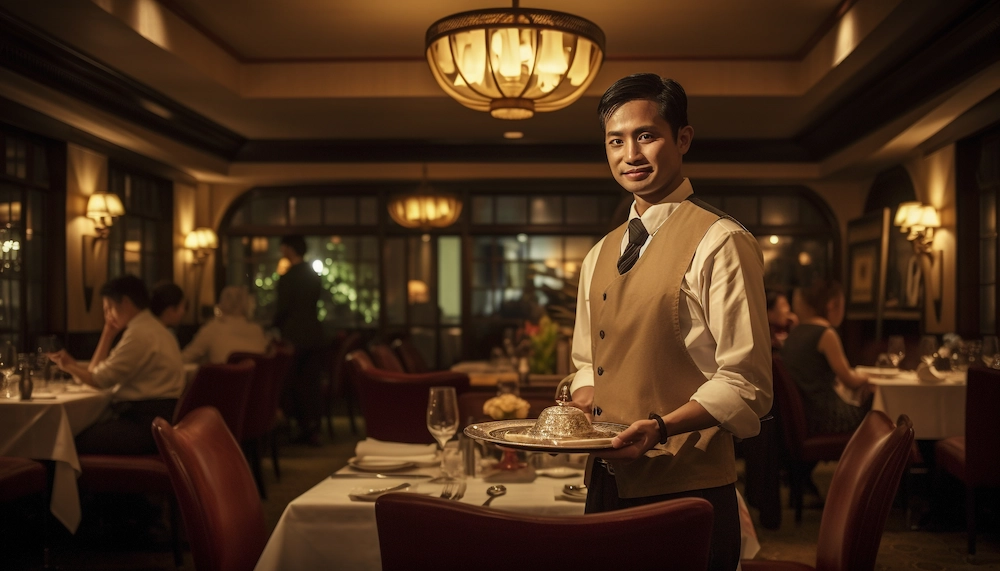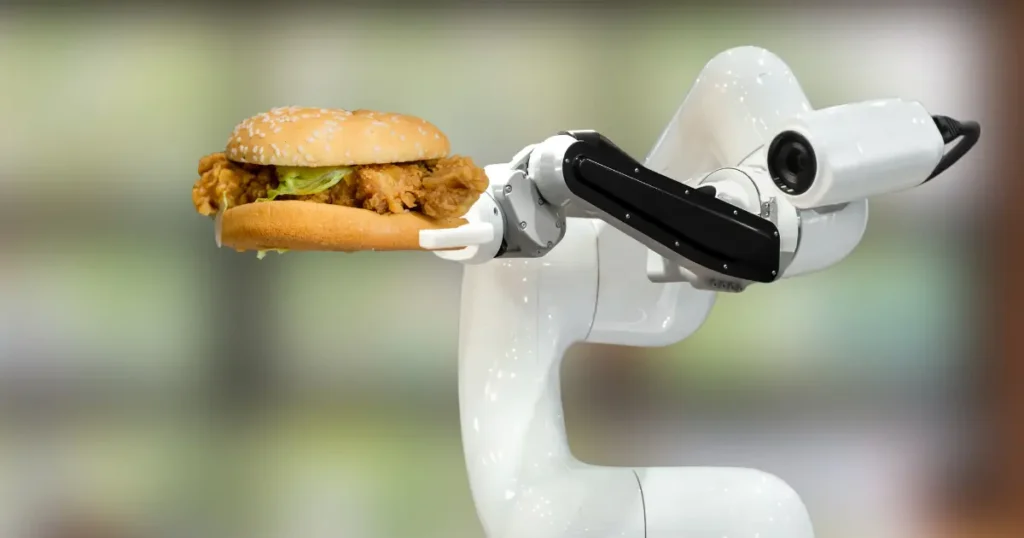Restaurant kitchens, the bustling heart of any food service establishment, have undergone a remarkable transformation over the centuries. From rudimentary setups to technologically advanced spaces, the design of kitchens has evolved in response to changing culinary trends, technological advancements, and societal shifts.
The Early Days: Simple and Functional
In the early days of restaurants, kitchens were often simple and functional spaces, designed primarily for food preparation. The focus was on efficiency and practicality, with little emphasis on aesthetics. Kitchens were typically small, with basic equipment and limited ventilation.
The Industrial Revolution: Efficiency and Standardization
The Industrial Revolution brought about significant changes in the restaurant industry. Mass production techniques and standardized ingredients led to the development of larger, more efficient kitchens. The focus shifted towards streamlining operations and reducing costs.

The Rise of Fine Dining: Elegance and Precision
The 20th century witnessed the emergence of fine dining restaurants, characterized by their elegant ambience and exquisite cuisine. Kitchen design evolved to reflect these new standards. Kitchens became more spacious and better equipped, with a focus on precision and attention to detail.
The Fast-Food Revolution: Speed and Efficiency
The mid-20th century saw the rise of fast-food chains, which demanded highly efficient and standardized kitchens. Fast-food restaurants pioneered the concept of assembly-line production, with kitchens designed to maximize speed and throughput.
The Modern Kitchen: Technology and Innovation

The 21st century has brought about a new era of kitchen design, characterized by technological advancements and a focus on sustainability. Modern kitchens are equipped with state-of-the-art equipment, energy-efficient appliances, and advanced ventilation systems.
The Present Revolution: Experiential Dining and AI Integration
Today, the restaurant industry is experiencing a revolution, driven by a desire for experiential dining and technological innovation. Open kitchens, where chefs can interact with guests, are becoming increasingly popular. Virtual reality experiences and interactive dining concepts are pushing the boundaries of culinary creativity.
Artificial intelligence (AI) is also making its mark on the restaurant industry. AI-powered systems can be used for reservations, inventory management, and even food recommendations. By automating routine tasks, AI can free up staff to focus on providing exceptional customer service.
The Future of Kitchen Design

As technology continues to advance, we can expect to see even more innovative kitchen designs in the future. Virtual and augmented reality may be used to create immersive dining experiences, while robotics and automation could further streamline kitchen operations.
Sustainability will also be a key focus. As consumers become more environmentally conscious, restaurants will need to adopt sustainable practices, such as reducing food waste and using energy-efficient equipment.
Partner with HPG Consulting for Expert Kitchen Design
HPG Consulting offers comprehensive food service design solutions, including expert guidance on kitchen layout and planning. Our team of professionals can help you create a kitchen that is not only functional but also visually appealing and sustainable. By partnering with HPG, you can stay ahead of the curve and ensure that your restaurant’s kitchen is equipped to meet the demands of the modern dining experience.